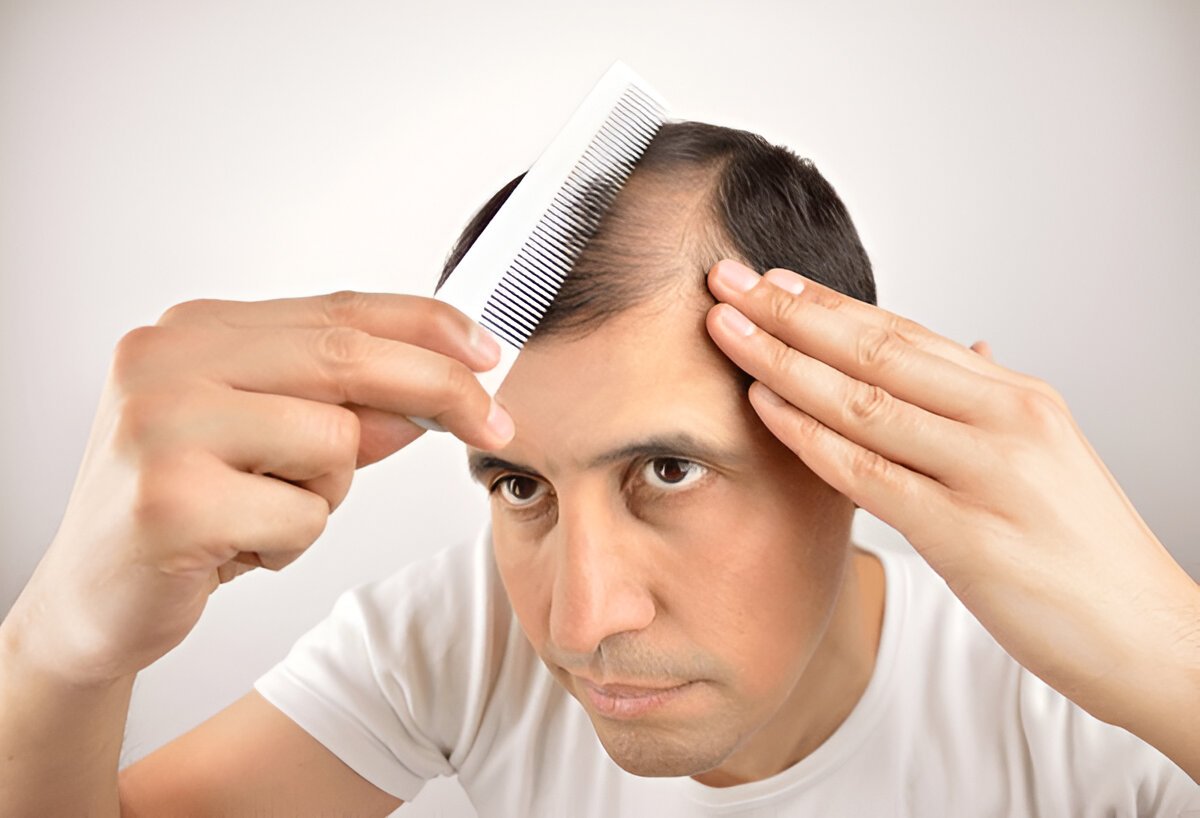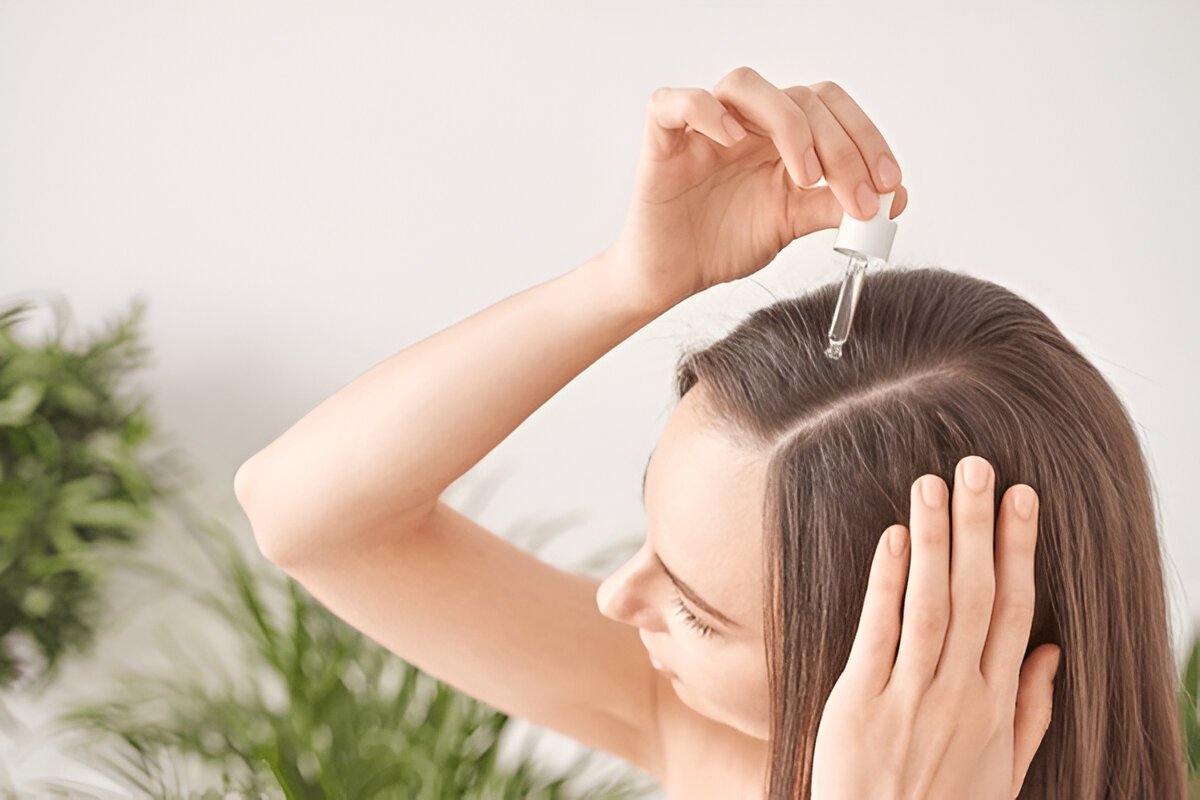
How to Prevent Hair Fall: Science-Backed Strategies for Healthy Hair
Excessive hair fall is a widespread concern affecting individuals of all ages and genders.
While shedding 50 - 100 hairs daily is normal, persistent and noticeable thinning may indicate an underlying issue.
Understanding the causes and implementing effective preventive measures can help maintain healthy hair growth.
1. Primary Causes of Hair Loss
Identifying the underlying reason for hair fall is crucial for effective treatment. Common causes include:
Genetic Predisposition (Androgenetic Alopecia)
-
Hereditary pattern baldness affects both men and women.
-
Dihydrotestosterone (DHT), a derivative of testosterone, gradually miniaturizes hair follicles.
Hormonal Fluctuations
-
Thyroid disorders (hypothyroidism or hyperthyroidism).
-
Polycystic ovary syndrome (PCOS) in women.
-
Postpartum hair shedding due to hormonal changes.
Nutritional Deficiencies
-
Insufficient intake of iron, zinc, biotin, vitamin D, and protein.
-
Extreme dieting or imbalanced eating habits.
Stress and Lifestyle Factors
-
Telogen effluvium (temporary hair shedding triggered by stress).
-
Poor sleep quality, smoking, and excessive alcohol consumption.
Improper Hair and Scalp Care
-
Frequent use of heat-styling tools (flat irons, blow dryers).
-
Harsh chemical treatments (bleaching, perms, relaxers).
-
Tight hairstyles (ponytails, braids) causing traction alopecia.
Medical Conditions and Medications
-
Autoimmune disorders like alopecia areata.
-
Side effects of chemotherapy, anticoagulants, or antidepressants.
2. Natural and Preventive Measures to Reduce Hair Fall
A. Nutritional Support for Hair Health
Essential Nutrients and Food Sources:
-
Protein (eggs, lean meats, legumes, fish) – Hair is primarily composed of keratin, a structural protein.
-
Iron (spinach, lentils, red meat) – Prevents anemia-related hair thinning.
-
Omega-3 fatty acids (salmon, walnuts, flaxseeds) – Nourish hair follicles.
-
Biotin and B vitamins (almonds, sweet potatoes, whole grains) – Strengthen hair strands.
-
Vitamin D (sun exposure, fortified dairy, mushrooms) – Supports follicle function.
-
Zinc and selenium (pumpkin seeds, oysters, Brazil nuts) – Reduce scalp inflammation.
Foods to Limit:
-
Refined sugars and processed foods – Contribute to inflammation.
-
Extreme calorie restriction – Leads to nutrient deficiencies.
B. Proper Scalp and Hair Care Routine
-
Use a gentle, sulfate-free shampoo (2–3 times weekly).
Product Recommendations:
-
Avoid excessively hot water – It strips natural oils, leading to dryness.
-
Scalp massages with warm oil (coconut, almond, or rosemary oil) twice a week to improve circulation.
Product Recommendations:
-
Exfoliate the scalp weekly to remove dead skin and promote follicle health.
C. Effective Home Remedies
-
Onion Juice – Contains sulfur, which may enhance collagen production.
-
Aloe Vera Gel – Soothes the scalp and reduces dandruff.
-
Green Tea Rinse – Rich in antioxidants that may stimulate hair growth.
-
Fenugreek Seed Paste – Soak seeds overnight, blend, and apply for 30 minutes before rinsing.
-
Egg Mask – Combine egg yolk with olive oil, apply for 20 minutes, then wash.
D. Lifestyle Modifications
-
Manage stress through meditation, yoga, or deep breathing exercises.
-
Prioritize sleep (7–8 hours nightly) – Hair repair occurs during rest.
-
Avoid tight hairstyles – Opt for looser braids or buns to minimize tension.
-
Minimize heat styling – Use heat-protectant products when necessary.
3. Medical Treatments for Persistent Hair Loss
If natural remedies prove ineffective, consult a dermatologist for professional treatments:
A. FDA-Approved Medications
-
Minoxidil (Rogaine) – A topical solution that promotes hair regrowth.
-
Finasteride (Propecia) – An oral medication for male pattern baldness (inhibits DHT).
Product Recommendations;
B. Advanced Clinical Treatments
-
Platelet-Rich Plasma (PRP) Therapy – Uses concentrated growth factors from the patient’s blood to stimulate follicles.
-
Low-Level Laser Therapy (LLLT) – Non-invasive light treatment to encourage hair growth.
-
Hair Transplant Surgery – Permanent solution for baldness (FUE or FUT techniques).
4. Long-Term Hair Maintenance Tips
-
Trim split ends every 6–8 weeks to prevent breakage.
-
Use a silk or satin pillowcase to reduce friction and damage.
-
Stay hydrated – Dehydration can weaken hair structure.
-
Be patient – Hair regrowth typically takes 3–6 months.
Conclusion
Hair fall can be distressing, but with a balanced diet, proper hair care, and stress management, it is possible to minimize shedding and encourage healthy regrowth.
Struggling with hair fall? Explore effective hair care solutions at Med7. Shop now!



